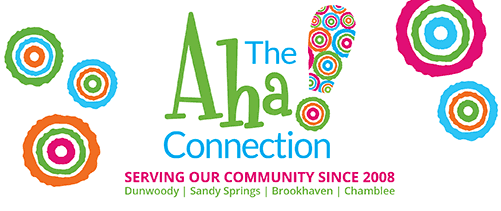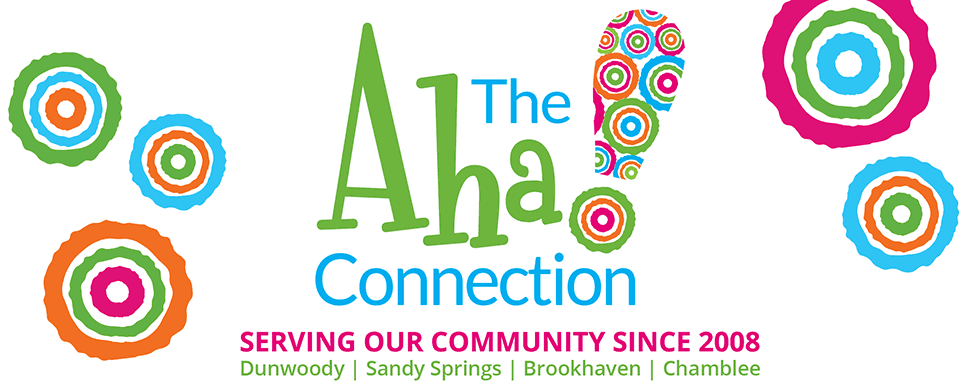From The Dunwoody Reporter – Posted by Joe Earle on 12/26/13

Work is under way on two of the city of Dunwoody’s most controversial projects, the redesign of Dunwoody Village Parkway and the second phase of construction on the multi-use trail through Brook Run Park.
Workers began clearing trees from the center median of the parkway on Dec. 10, and will begin removing the median and putting in erosion control systems in January, city Public Works Director Michael Smith said.
The project is expected to take six to eight months to complete, he said. The city plans to narrow the four-lane roadway and add bike lanes and sidewalks in what it calls its “Main Street Project.”
Meanwhile, on Dec. 9, Dunwoody City Council narrowly approved the construction contract for the second phase of the Brook Run Trail, which will add a 1.06-mile segment to the 12-foot-wide, concrete trail through the park. The council approved the project 4-3, with Councilwoman Lynn Deutsch and Councilmen Terry Nall and Denny Shortal voting against the proposal.
Mayor Mike Davis later defended both projects as important to the city.
“I consider both the Main Street Project in Dunwoody Village and the continuation of the Brook Run multi-use trail as critically significant projects of change for Dunwoody,” Davis wrote in an email. “The Main Street Project in Dunwoody Village gives the entire village area a much needed lift, and will help promote future investment and redevelopment opportunities. …
“Continuation of the Brook Run multi-use trail provides the community with opportunities for active recreation and access not available before. The trail will open up areas of the park previously inaccessible in the past, and provide users of all ages and abilities with access to the more than 100 acres of Brook Run Park. It’s not just another phase of a trail, but a key cog in the overall city-wide trail network, offering new pedestrian access to shops, restaurants and neighborhoods, and eventually connecting Brook Run Park to Georgetown and future areas within the city.”
Both projects were the focus of heated debate in Dunwoody for much of 2013. Opponents joined with residents who questioned a proposal to study installation of a roundabout at the intersection of Vermack and Womack roads to create a group called Save Dunwoody, and posted yard signs decrying the projects.
The projects also became issues in the 2013 campaigns for three seats on Dunwoody City Council. Incumbents reclaimed two of the seats, but a critic of the projects, newcomer Jim Riticher, won the third after the incumbent did not seek re-election.
Critics of the projects remained unconvinced of the need for them even as the city was moving ahead with construction.
“The Dunwoody Village Parkway project is Exhibit A of Dunwoody City Council incompetence …,” Save Dunwoody member Jim Dickson said in an email. “Several council members who voted for this project design claim it was necessary to promote economic development while acknowledging … they had serious doubts it ever would.”
Merry Carmichael, who also was active in Save Dunwoody, said “once again, the cart has been put before the horse. … Building this now toward the Dunwoody City Council’s ‘future vision’ is a waste of our taxpayer dollars, both local funds and federal grants.”
And Paul Lowry, who lives on Peeler Road across from Brook Run Park, questioned the cost of the projects, and suggested the reworking of the parkway should include contributions from businesses in the area. “I’m really into public-private,” he said. “If we want to create a village up there, I think the private people up there should help do it.”
Members of the council were critical of the cost of the second phase of the Brook Run Trail.
The council agreed to approve up to $666,600 for the construction contract, including a 10 percent contingency fund. The city originally had budgeted $441,000 for the job, Parks and Recreation Manager Brent Walker said in a memorandum to the council, but the low bid on the project was for $606,000. The difference would be made up by using funds originally allocated for future work on the trail, city officials said.
Davis called the increase in the anticipated cost of construction “a sure sign the economy is coming back.”









